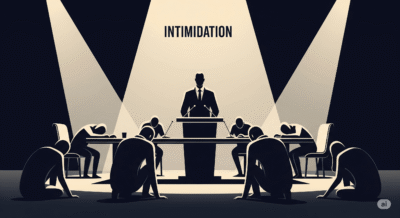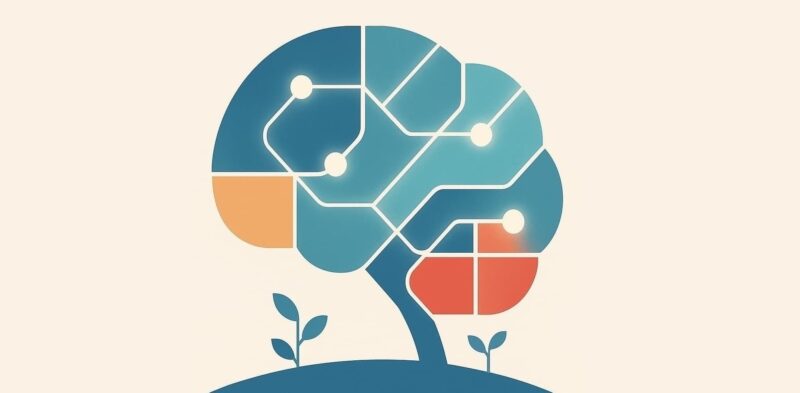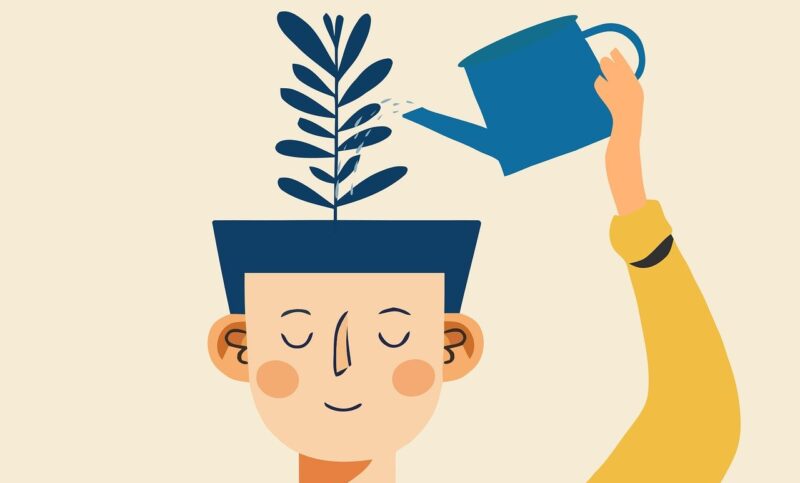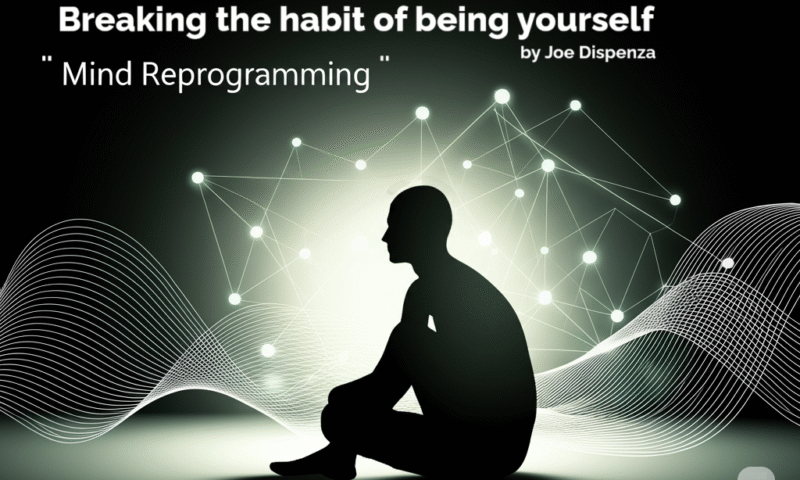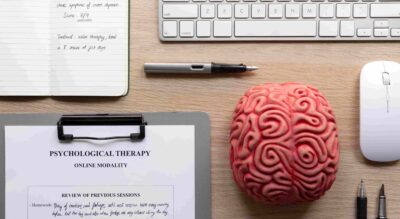Summary
This article explores decision-making techniques—structured mental exercises designed to enhance clarity, reduce bias, and guide action. We begin by defining mental models and their role in framing problems, then detail five proven techniques—pros and cons lists, the OODA loop, Six Thinking Hats, inversion, and SWOT analysis—each historically adopted by figures like Benjamin Franklin, Col. John Boyd, Edward de Bono, and Warren Buffett. We explain when and how to apply each method, illustrate real-life examples moment by moment, and conclude with a comparative decision-technique matrix. Throughout, we prioritize active voice, transition words, and practical “how-to” guidance to ensure deep understanding and ready application.
Table of contents
introductuion
Decision-making techniques are structured mental exercises that guide your thinking through clearly defined steps to choose the best course of action. By breaking complex choices into manageable components, these techniques help you identify hidden assumptions, balance trade-offs, and avoid common biases like overconfidence or anchoring.
1. How Do Mental Models Improve Decision-Making Techniques?
1.1 What Are Mental Models?
Mental models are internal representations of how the world works**;** they shape how you perceive information and evaluate options. Nobel laureate Richard Feynman credited his success to constantly adding new models—from physics to philosophy—which broadened his problem-solving toolbox.
1.2 Why Broaden Your Set of Models?
A narrow set of thinking tools can act like a “mental straitjacket,” limiting creative solutions. As Charlie Munger advises, mastering 80–90 critical models covers 90 percent of everyday decisions, with only a handful doing the “heavy lifting” for clarity and utility.
1.3 How to Build Liquid Knowledge
- Read Widely: Dive into disciplines outside your expertise—economics, biology, philosophy—to spark cross-pollination of ideas.
- Practice Reflection: After decisions, reflect on which models you used and where blind spots emerged.
- Teach Others: Explaining models consolidates your understanding and reveals gaps in your logic.
2. Decision-Making Techniques: Which Proven Techniques Have Leaders Used?
2.1 Pros and Cons Lists (Ben Franklin Method)
What it is: Listing advantages and disadvantages, weighting each, then eliminating equally important items until one side dominates.
Origin & Example: In 1772, Benjamin Franklin used this method in a letter to Joseph Priestley to choose between competing job offers, calculating each pro and con step by step until clear dominance emerged.
How to Apply:
- Draw two columns labeled Pros and Cons.
- List every factor without judgment.
- Assign weights (e.g., 1–5) to each.
- Cancel out matching weights.
- Decide based on the remaining aggregate.
2.2 OODA Loop (Observe–Orient–Decide–Act)
What it is: A continuous four-step cycle—Observe, Orient, Decide, Act—designed for rapid, adaptive decisions in changing environments.
Origin & Example: Col. John Boyd devised the OODA loop in the Korean War to help fighter pilots outmaneuver opponents by cycling faster through the loop; he meticulously recorded each loop moment—spotting an enemy, processing terrain and weather, choosing a tactic, then executing it—all within seconds.
How to Apply:
- Observe: Gather data from multiple sources.
- Orient: Contextualize with mental models, cultural understanding, and past experience.
- Decide: Formulate the best possible plan under current constraints.
- Act: Implement swiftly, then return to Observe to adjust.
Banks like JPMorgan Chase use the OODA loop to accelerate decisions on loan approvals, integrating real-time market data for faster customer responses.
2.3 Six Thinking Hats
What it is: Edward de Bono’s method assigns six “hats” representing different thinking modes—White (facts), Red (emotions), Black (critical judgment), Yellow (optimism), Green (creativity), and Blue (process control)—to ensure a comprehensive evaluation.
Origin & Example: In 1985, De Bono introduced this for business meetings; a tech startup once ran a “Choosing Alternatives” session by cycling through Blue→White→Green→Yellow→Black→Red→Blue hats in 5-minute bursts to decide on a new product feature, capturing gut reactions, market data, and feasibility in one structured flow.
How to Apply:
- Begin & End with Blue: Define objectives, then review outcomes.
- Rotate Hats: Allocate 2–5 minutes per hat.
- Document Outputs: Use flipcharts or digital boards for each hat’s insights.
2.4 Inversion (“Avoid the Obvious”)
What it is: Proposes solving the reverse problem—identify how to cause the issue, then invert those steps to achieve success.
Example: Warren Buffett emphasizes inversion: instead of asking “How do I become rich?” he asks “What behaviors guarantee I lose money?” then strictly avoids them, such as leverage or speculative investments.
How to Apply:
- Define your goal (e.g., “Improve team morale”).
- Invert it (e.g., “What destroys morale?”).
- List destructive actions.
- Reverse each to create positive strategies.
2.5 SWOT Analysis
What it is: Evaluates Strengths, Weaknesses, Opportunities, and Threats in a 2×2 matrix.
Origin & Example: Popularized by businesses in the 1960s, Apple once used SWOT to decide on launching the iPod, weighing its strength in design against threats from MP3 competitors and market weaknesses in distribution channels.
How to Apply:
- Draw a quadrant grid.
- Brainstorm 2–3 points per cell.
- Prioritize top items with team voting.
- Develop actions that leverage strengths/opportunities and mitigate weaknesses/threats.
3. When and Where to Practice Decision-Making Techniques?
- Routine Choices (Daily Habits): Use pros and cons lists for simple but important daily decisions like dietary changes or exercise plans.
- High-Pressure Contexts: Apply the OODA loop in dynamic environments—emergency response, trading, or fast-paced negotiations.
- Collaborative Settings: Facilitate Six Thinking Hats during workshops or team meetings to ensure all viewpoints surface.
- Strategic Planning: Employ inversion and SWOT analysis when designing long-term projects, business pivots, or career roadmaps.
- Personal Reflection: Combine multiple models in a personal journal—reflect on a past decision by mapping it through OODA, then run a pros/cons exercise to identify learnings.
4. Why Trust These Methods?
- Proven by History: From Franklin to Buffett, these techniques come endorsed by leaders whose decisions shaped industries.
- Backed by Research: Studies show that decisional balance sheets coupled with implementation intentions increase behavior change success by over 20 percent compared to controls.
- Versatile & Scalable: Applicable to individuals and large organizations alike, these methods adapt to complexity levels without requiring advanced technical skills.
- Emphasis on Reflection: Each technique builds in feedback loops—critical for continuous improvement and avoiding repeated mistakes.
Decision-Technique Matrix
| Technique | Best For | Time Required | Key Steps |
|---|---|---|---|
| Pros & Cons List | Simple personal and work choices | 5–15 minutes | List, weight, cancel, decide |
| OODA Loop | Fast-paced, uncertain environments | Seconds–Minutes | Observe, orient, decide, act |
| Six Thinking Hats | Team workshops, creative sessions | 30–60 minutes | Hat rotation, document outputs |
| Inversion | Strategic planning, problem solving | 15–30 minutes | Invert goal, list negatives, reverse actions |
| SWOT Analysis | Business strategy, project launch | 30–90 minutes | Brainstorm quadrants, prioritize, action plan |
Conclusion
By integrating mental models with these five decision-making techniques, you gain a flexible, evidence-based toolkit that empowers you to tackle choices—from daily dilemmas to strategic overhauls—with confidence and clarity. Start small: pick one technique this week, apply it to a real decision, then reflect on the outcome to build your decision-making mastery.
references
Warning: The provided links lead only to the specified content. Other areas of those sites may contain material that conflicts with some beliefs or ethics. Please view only the intended page.
- Founders Online: From Benjamin Franklin to Joseph Priestley (Founders Online, 19 September 1772; Benjamin Franklin) Founders Online
- OODA loop (Wikipedia, collaborative; last updated May 2025) Wikipedia
- Six Thinking Hats (Wikipedia, 1985; Edward de Bono) Wikipedia
- Decisional balance sheet (Wikipedia, collaborative; 2023) Wikipedia
- The use of implementation intentions and the decision balance sheet in promoting exercise behaviour (Psychology & Health, December 2003; Prestwich, Lawton & Conner) eprints.whiterose.ac.uk
- SWOT Analysis of iPod (Marketing91, 2019; Marketing91 Editorial Team) Marketing91
- 20 years ago, the iPod was born (NPR, 23 October 2021; Sharon Pruitt-Young) NPR





